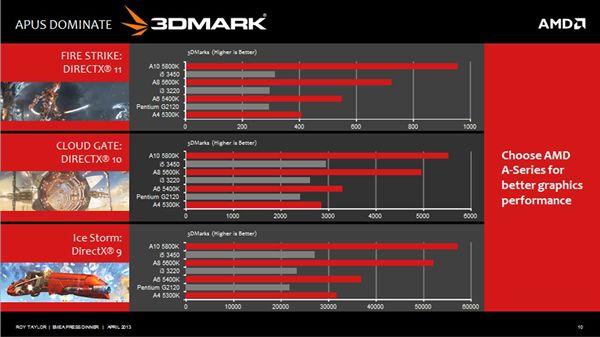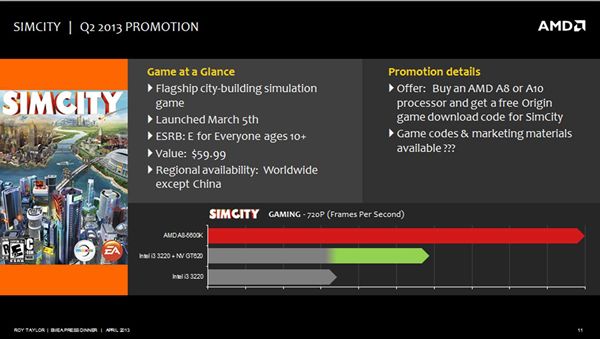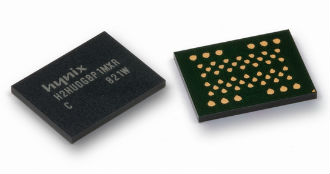 Businesses are placing too much trust in their employees when it comes to safeguarding company data, a survey by LogRhythm has found.
Businesses are placing too much trust in their employees when it comes to safeguarding company data, a survey by LogRhythm has found.
However employees are pulling the wool over their bosses’ eyes.
Questioning 1,000 employers, the cyber threat defence, detection and response company found 80 percent do not believe any of their workers would view or steal confidential information, while three quarters admitted to having no enforceable systems in place to prevent unauthorised access to company data by employees.
And some seem to have all the faith in the world when it comes to their staff with a third claiming they don’t believe they need such systems at all.
In addition, around two thirds of companies surveyed admitted to not regularly changing passwords to stop ex-employees being able to access sites or documents.
However, on the employees side, it seems not all is well. In a separate survey of 2,000 staff LogRhythm found that 23 percent had accessed or taken confidential data from their workplace, with one in 10 saying that they do it regularly.
The most accessed confidential data related to details of colleagues’ salaries, with 38 percent of staff admitting to snooping around to find this out, while a further 23 percent said they looked for details of colleague bonus schemes.
A huge 94 percent of those who had accessed confidential information or stolen company data had never been caught.
When asked, more than a quarter of employers could not identify the biggest threats to their confidential data, while 14 percent did not even know whether employees have stolen data – even though they believe employees would do so.
Ross Brewer, vice president and managing director for international markets at LogRhythm, came to the groundbreaking conclusion that this showed there was a “clear gap between businesses’ internal security procedures and the harsh reality of employee behaviour”.






















